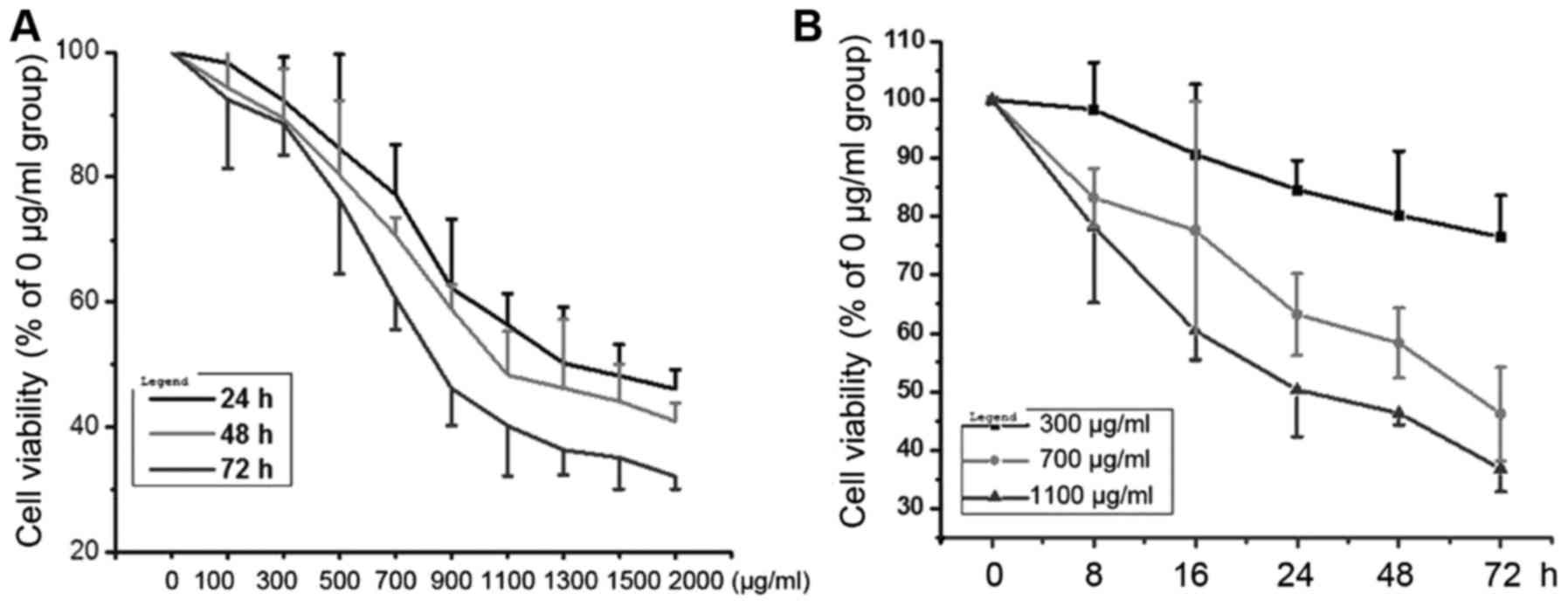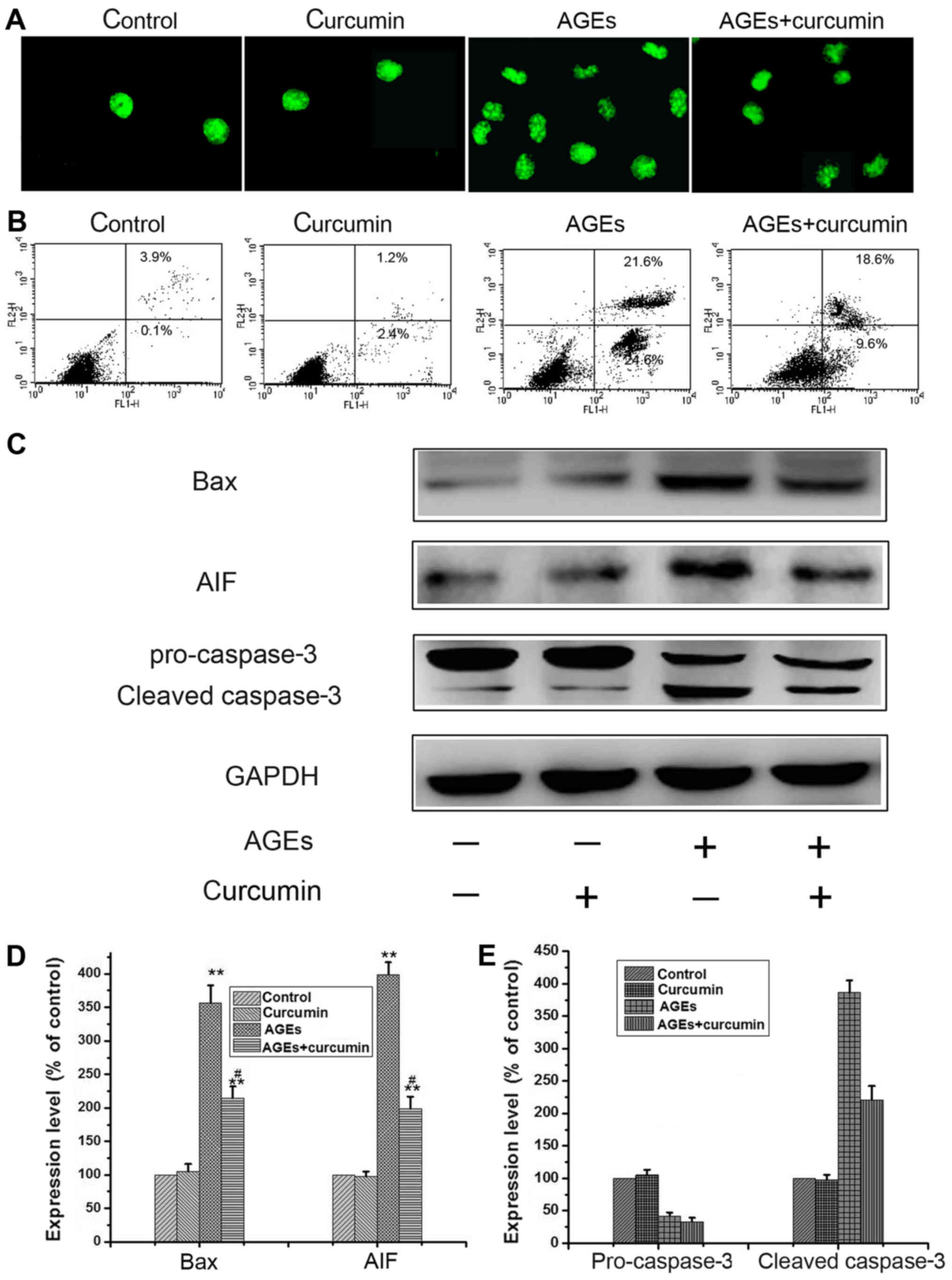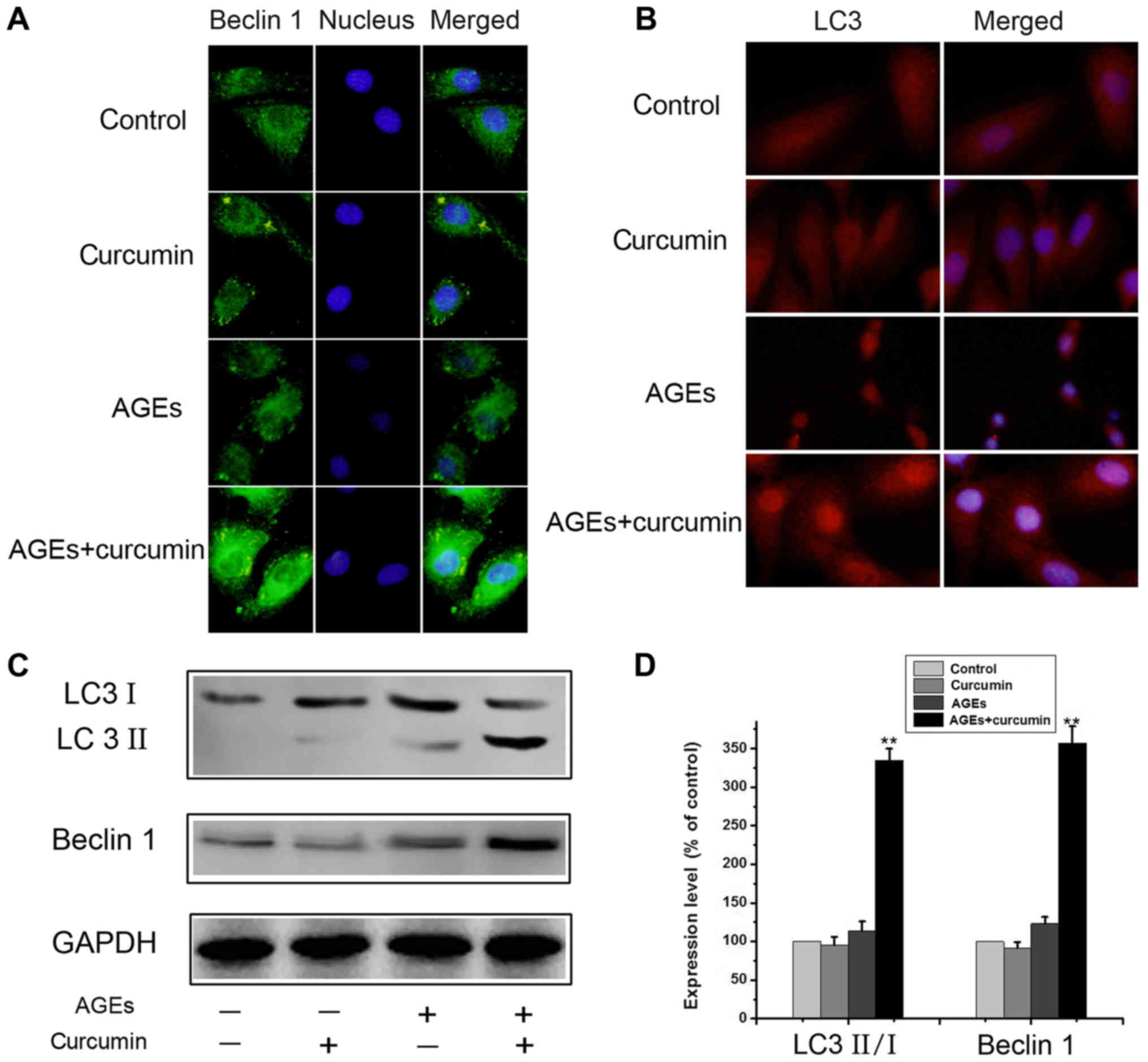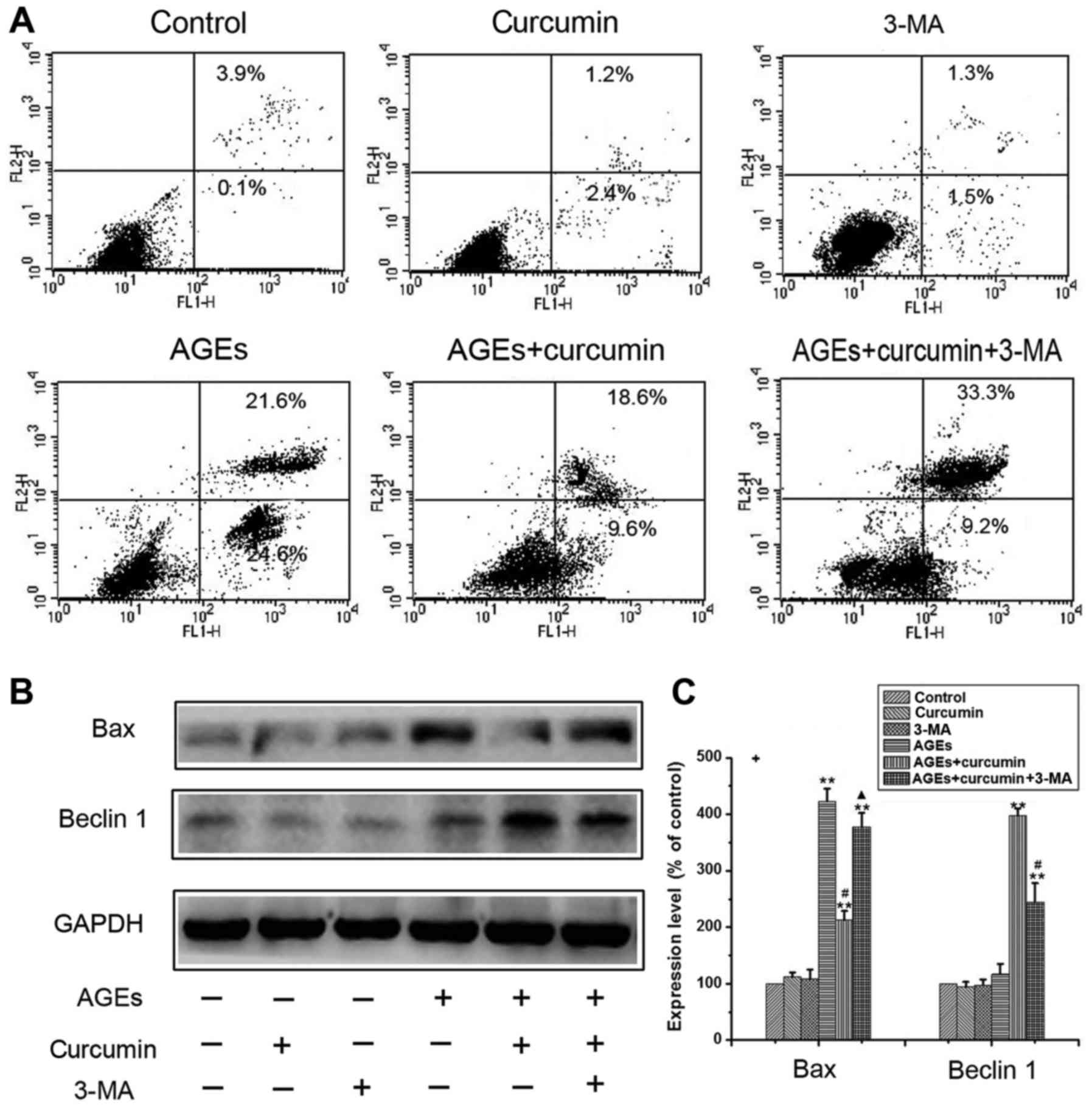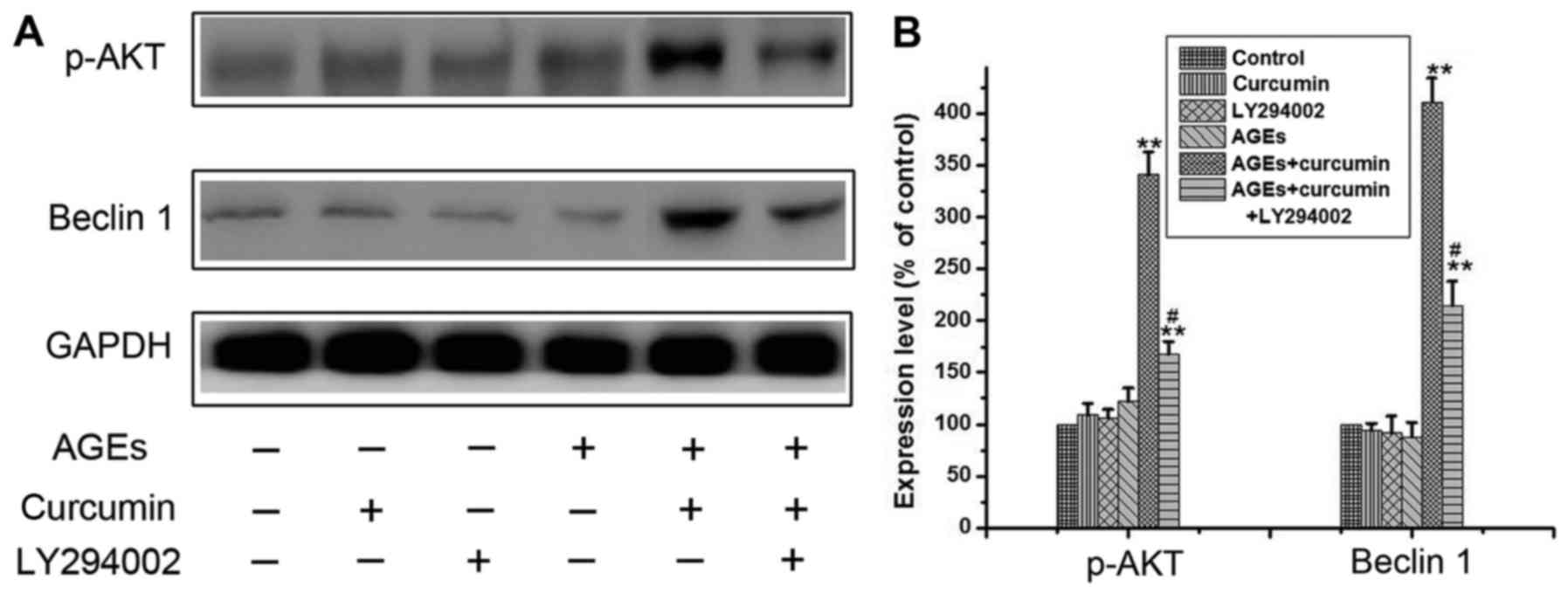|
1
|
Yamamoto Y, Kato I, Doi T, Yonekura H,
Ohashi S, Takeuchi M, Watanabe T, Yamagishi S, Sakurai S, Takasawa
S, et al: Development and prevention of advanced diabetic
nephropathy in RAGE-overexpressing mice. J Clin Invest.
108:261–268. 2001. View
Article : Google Scholar : PubMed/NCBI
|
|
2
|
Elsherbiny NM and Al-Gayyar MM: The role
of IL-18 in type 1 diabetic nephropathy: The problem and future
treatment. Cytokine. 81:15–22. 2016. View Article : Google Scholar : PubMed/NCBI
|
|
3
|
Kalia K, Sharma S and Mistry K:
Non-enzymatic glycosylation of immunoglobulins in diabetic
nephropathy. Clin Chim Acta. 347:169–176. 2004. View Article : Google Scholar : PubMed/NCBI
|
|
4
|
Hashimoto Y, Yamagishi S, Mizukami H,
Yabe-Nishimura C, Lim SW, Kwon HM and Yagihashi S: Polyol pathway
and diabetic nephropathy revisited: Early tubular cell changes and
glomerulopathy in diabetic mice overexpressing human aldose
reductase. J Diabetes Investig. 2:111–122. 2011. View Article : Google Scholar : PubMed/NCBI
|
|
5
|
Teng B, Duong M, Tossidou I, Yu X and
Schiffer M: Role of protein kinase C in podocytes and development
of glomerular damage in diabetic nephropathy. Front Endocrinol
(Lausanne). 5:1792014.PubMed/NCBI
|
|
6
|
Fukami K, Yamagishi S, Ueda S and Okuda S:
Role of AGEs in diabetic nephropathy. Curr Pharm Des. 14:946–952.
2008. View Article : Google Scholar : PubMed/NCBI
|
|
7
|
Kumar Pasupulati A, Chitra PS and Reddy
GB: Advanced glycation end products mediated cellular and molecular
events in the pathology of diabetic nephropathy. Biomol Concepts.
7:293–309. 2016.PubMed/NCBI
|
|
8
|
Kishore L, Kaur N and Singh R:
Renoprotective effect of Bacopa monnieri via inhibition of advanced
glycation end products and oxidative stress in
STZ-nicotinamide-induced diabetic nephropathy. Ren Fail.
38:1528–1544. 2016. View Article : Google Scholar : PubMed/NCBI
|
|
9
|
Chen C, Huang K, Hao J, Huang J, Yang Z,
Xiong F, Liu P and Huang H: Polydatin attenuates AGEs-induced
upregulation of fibronectin and ICAM-1 in rat glomerular mesangial
cells and db/db diabetic mice kidneys by inhibiting the activation
of the SphK1-S1P signaling pathway. Mol Cell Endocrinol. 427:45–56.
2016. View Article : Google Scholar : PubMed/NCBI
|
|
10
|
Maeda S, Matsui T, Takeuchi M and
Yamagishi S: Sodium-glucose cotransporter 2-mediated oxidative
stress augments advanced glycation end products-induced tubular
cell apoptosis. Diabetes Metab Res Rev. 29:406–412. 2013.
View Article : Google Scholar : PubMed/NCBI
|
|
11
|
Qi W, Niu J, Qin Q, Qiao Z and Gu Y:
Glycated albumin triggers fibrosis and apoptosis via an NADPH
oxidase/Nox4-MAPK pathway-dependent mechanism in renal proximal
tubular cells. Mol Cell Endocrinol. 405:74–83. 2015. View Article : Google Scholar : PubMed/NCBI
|
|
12
|
Masini M, Bugliani M, Lupi R, del Guerra
S, Boggi U, Filipponi F, Marselli L, Masiello P and Marchetti P:
Autophagy in human type 2 diabetes pancreatic beta cells.
Diabetologia. 52:1083–1086. 2009. View Article : Google Scholar : PubMed/NCBI
|
|
13
|
Jaroonwitchawan T, Chaicharoenaudomrung N,
Namkaew J and Noisa P: Curcumin attenuates paraquat-induced cell
death in human neuroblastoma cells through modulating oxidative
stress and autophagy. Neurosci Lett. 636:40–47. 2017. View Article : Google Scholar : PubMed/NCBI
|
|
14
|
Zeng Y, Yang X, Wang J, Fan J, Kong Q and
Yu X: Aristolochic acid I induced autophagy extenuates cell
apoptosis via ERK 1/2 pathway in renal tubular epithelial cells.
PLoS One. 7:e303122012. View Article : Google Scholar : PubMed/NCBI
|
|
15
|
Araújo CC and Leon LL: Biological
activities of Curcuma longa L. Mem Inst Oswaldo Cruz. 96:723–728.
2001. View Article : Google Scholar : PubMed/NCBI
|
|
16
|
Menon VP and Sudheer AR: Antioxidant and
anti-inflammatory properties of curcumin. Adv Exp Med Biol.
595:105–125. 2007. View Article : Google Scholar : PubMed/NCBI
|
|
17
|
Liu PY: Curcumin: Another potential
translational candidate for anti-fibrosis on heart failure? Acta
Cardiol Sin. 30:483–484. 2014.PubMed/NCBI
|
|
18
|
Sufi SA, Adigopula LN, Syed SB, Mukherjee
V, Coumar MS, Rao HS and Rajagopalan R: In-silico and in-vitro
anti-cancer potential of a curcumin analogue (1E, 6E)-1, 7-di
(1H-indol-3-yl) hepta-1, 6-diene-3, 5-dione. Biomed Pharmacother.
85:389–398. 2017. View Article : Google Scholar : PubMed/NCBI
|
|
19
|
Guo S, Long M, Li X, Zhu S, Zhang M and
Yang Z: Curcumin activates autophagy and attenuates oxidative
damage in EA.hy926 cells via the Akt/mTOR pathway. Mol Med Rep.
13:2187–2193. 2016. View Article : Google Scholar : PubMed/NCBI
|
|
20
|
Delou JM, Biasoli D and Borges HL: The
complex link between apoptosis and autophagy: A promising new role
for RB. An Acad Bras Cienc. 88:2257–2275. 2016. View Article : Google Scholar : PubMed/NCBI
|
|
21
|
Mizushima N: Autophagy and apoptosis.
Nihon Rinsho Meneki Gakkai Kaishi. 23:527–530. 2000.(In Japanese).
View Article : Google Scholar : PubMed/NCBI
|
|
22
|
Nie C, Zhou J, Qin X, Shi X, Zeng Q, Liu
J, Yan S and Zhang L: Reduction of apoptosis by
proanthocyanidin-induced autophagy in the human gastric cancer cell
line MGC-803. Oncol Rep. 35:649–658. 2016. View Article : Google Scholar : PubMed/NCBI
|
|
23
|
Kim KY, Kim SH, Yu SN, Park SG, Kim YW,
Nam HW, An HH, Yu HS, Kim YW, Ji JH, et al: Lasalocid induces
cytotoxic apoptosis and cytoprotective autophagy through reactive
oxygen species in human prostate cancer PC-3 cells. Biomed
Pharmacother. 88:1016–1024. 2017. View Article : Google Scholar : PubMed/NCBI
|
|
24
|
Fujitani Y, Kawamori R and Watada H: The
role of autophagy in pancreatic beta-cell and diabetes. Autophagy.
5:280–282. 2009. View Article : Google Scholar : PubMed/NCBI
|
|
25
|
Han J, Pan XY, Xu Y, Xiao Y, An Y, Tie L,
Pan Y and Li XJ: Curcumin induces autophagy to protect vascular
endothelial cell survival from oxidative stress damage. Autophagy.
8:812–825. 2012. View Article : Google Scholar : PubMed/NCBI
|



